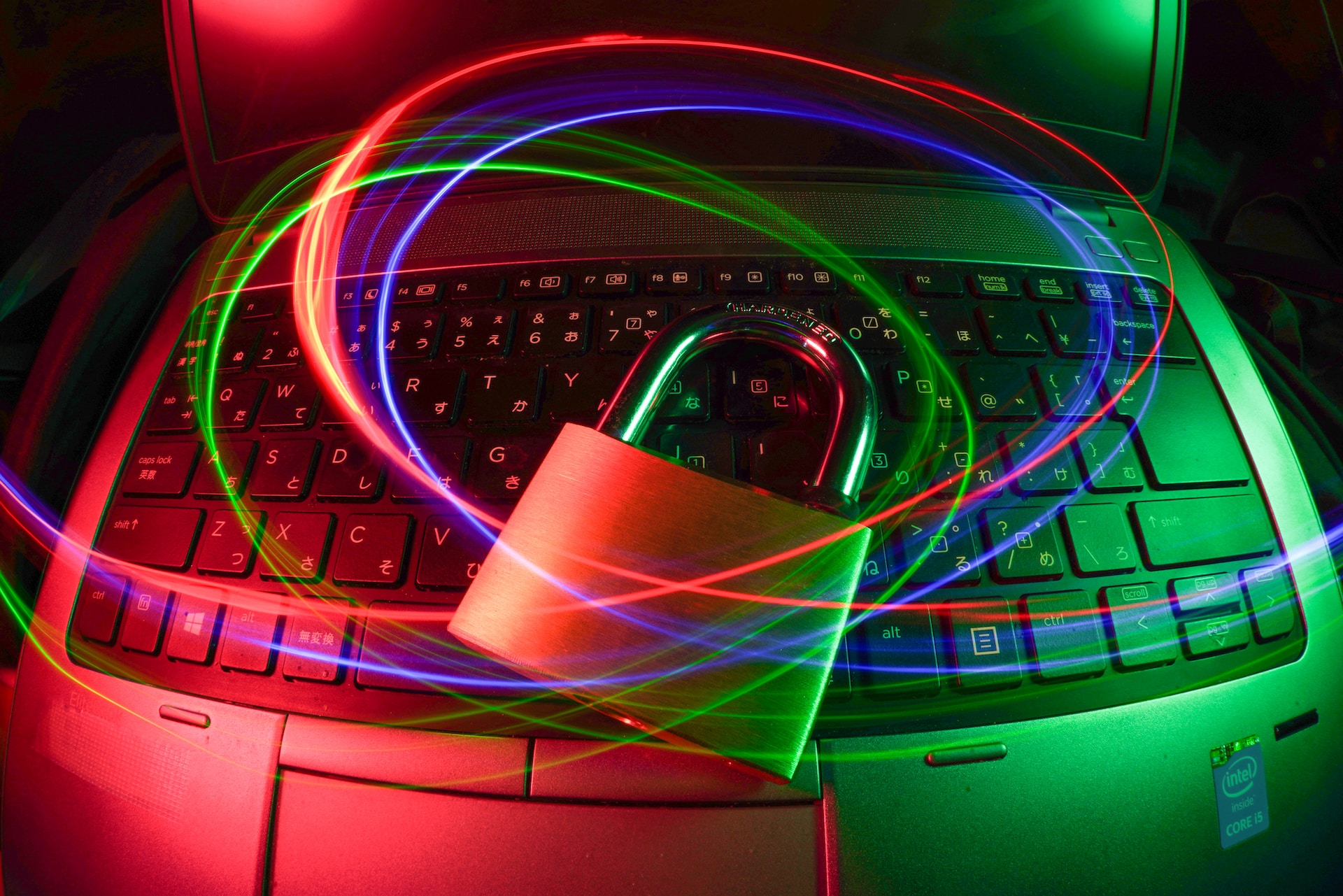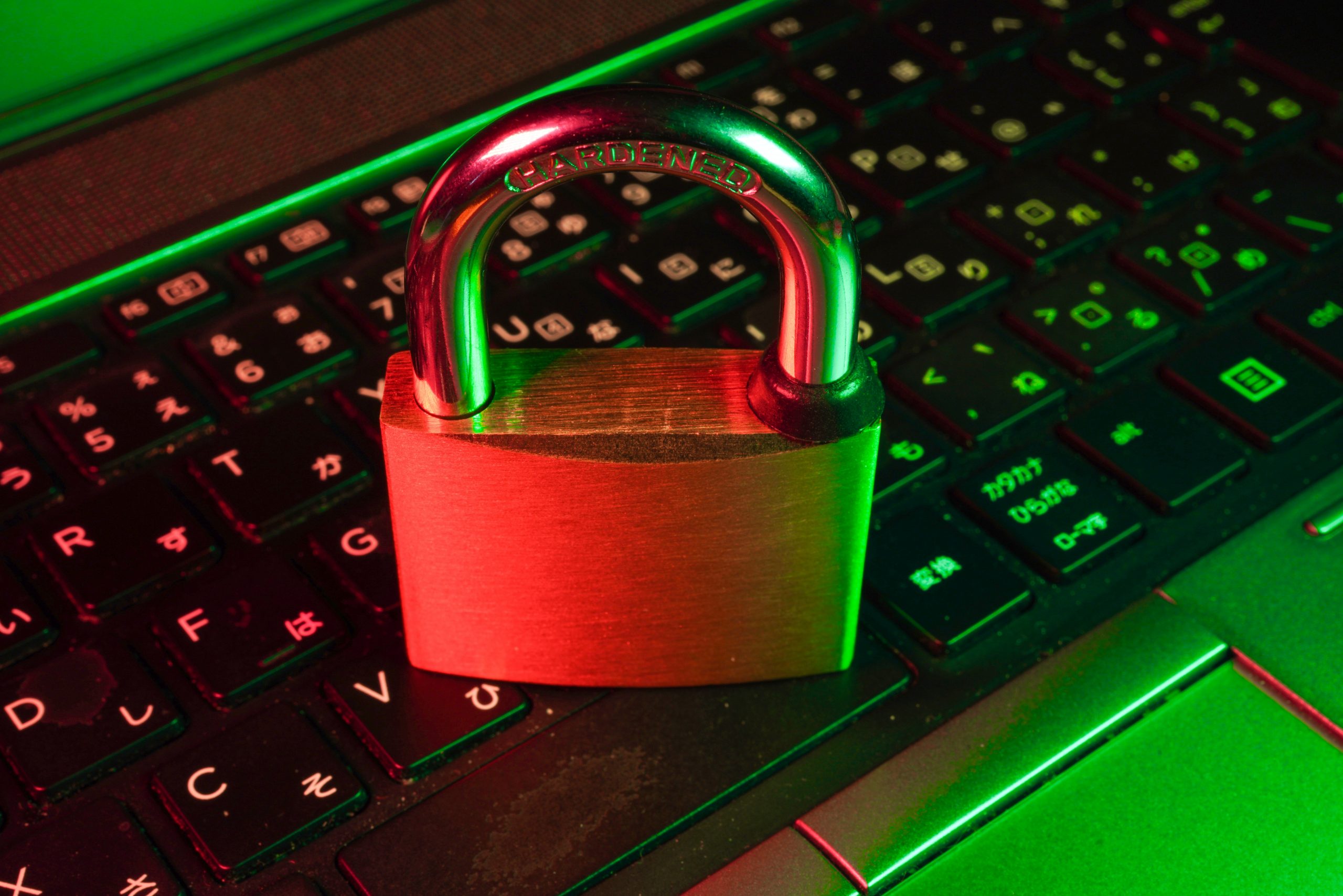Bosch Rexroth IndraDrive
All CISA Advisories, CISA, November 7, 2024
1. EXECUTIVE SUMMARY
- CVSS v4 8.7
- ATTENTION: Exploitable remotely/low attack complexity
- Vendor: Bosch Rexroth
- Equipment: IndraDrive
- Vulnerability: Uncontrolled Resource Consumption
2. RISK EVALUATION
Successful exploitation of this vulnerability could allow an attacker to cause a denial-of-service, rendering the device unresponsive by sending arbitrary UDP messages.
3. TECHNICAL DETAILS
3.1 AFFECTED PRODUCTS
Bosch Rexroth reports that the following versions of IndraDrive, servo drive system, are affected:
- Bosch Rexroth AG IndraDrive FWA-INDRV*–MP*: 17VRS < 20V36
3.2 Vulnerability Overview
3.2.1 Uncontrolled Resource Consumption CWE-400
A vulnerability in the PROFINET stack implementation of the IndraDrive of Bosch Rexroth allows an attacker to cause a denial-of-service, rendering the device unresponsive by sending arbitrary UDP messages.
CVE-2024-48989 has been assigned to this vulnerability. A CVSS v3.1 base score of 7.5 has been calculated; the CVSS vector string is (CVSS:3.1/AV:N/AC:L/PR:N/UI:N/S:U/C:N/I:N/A:H).
A CVSS v4 score has also been calculated for CVE-2024-48989. A base score of 8.7 has been calculated; the CVSS vector string is (CVSS:4.0/AV:N/AC:L/AT:N/PR:N/UI:N/VC:N/VI:N/VA:H/SC:N/SI:N/SA:N).
3.3 BACKGROUND
- CRITICAL INFRASTRUCTURE SECTORS: Critical Manufacturing
- COUNTRIES/AREAS DEPLOYED: Worldwide
- COMPANY HEADQUARTERS LOCATION: Germany
3.4 RESEARCHER
Roni Gavrilov from OTORIO reported this vulnerability to CISA.
4. MITIGATIONS
Bosch Rexroth has fixed this vulnerability starting with FWA-INDRV-MP-20V36. Bosch Rexroth recommends updating as soon as possible.
In use cases in which a device update is not possible or not feasible, Bosch Rexroth recommends compensatory measures which prevent or at least complicate taking advantage of the vulnerability. Always define such compensatory measures individually, in the context of the operational environment.
Some possible measures are described in “Security Manual Electric Drives and Controls”, like network segmentation. In general, it is highly recommended to implement the measures described in “Security Manual Drives and Controls”.
For more information, refer to the Bosch PSIRT Security Advisory BOSCH-SA-2584444
Please contact the Bosch PSIRT if you have feedback, comments, or additional information about this vulnerability at: psirt@bosch.com .
CISA recommends users take defensive measures to minimize the risk of exploitation of this vulnerability, such as:
- Minimize network exposure for all control system devices and/or systems, ensuring they are not accessible from the internet.
- Locate control system networks and remote devices behind firewalls and isolating them from business networks.
- When remote access is required, use more secure methods, such as virtual private networks (VPNs), recognizing VPNs may have vulnerabilities and should be updated to the most current version available. Also recognize VPN is only as secure as the connected devices.
CISA reminds organizations to perform proper impact analysis and risk assessment prior to deploying defensive measures.
CISA also provides a section for control systems security recommended practices on the ICS webpage on cisa.gov/ics. Several CISA products detailing cyber defense best practices are available for reading and download, including Improving Industrial Control Systems Cybersecurity with Defense-in-Depth Strategies.
CISA encourages organizations to implement recommended cybersecurity strategies for proactive defense of ICS assets.
Additional mitigation guidance and recommended practices are publicly available on the ICS webpage at cisa.gov/ics in the technical information paper, ICS-TIP-12-146-01B–Targeted Cyber Intrusion Detection and Mitigation Strategies.
Organizations observing suspected malicious activity should follow established internal procedures and report findings to CISA for tracking and correlation against other incidents.
CISA also recommends users take the following measures to protect themselves from social engineering attacks:
- Do not click web links or open attachments in unsolicited email messages.
- Refer to Recognizing and Avoiding Email Scams for more information on avoiding email scams.
- Refer to Avoiding Social Engineering and Phishing Attacks for more information on social engineering attacks.
No known public exploitation specifically targeting this vulnerability has been reported to CISA at this time.
5. UPDATE HISTORY
- November 7, 2024: Initial Publication




















